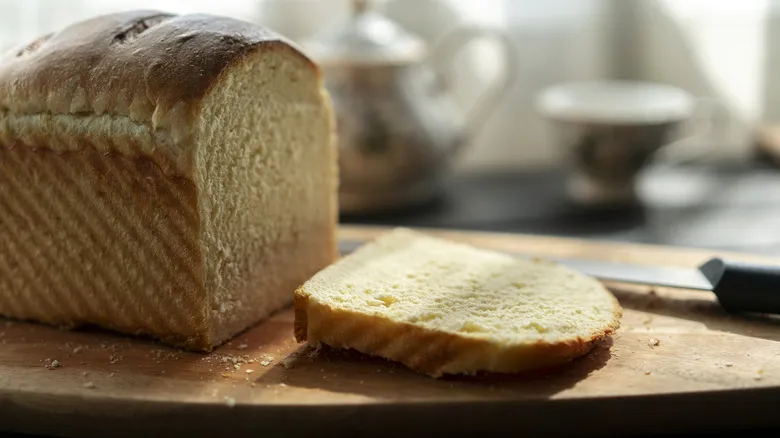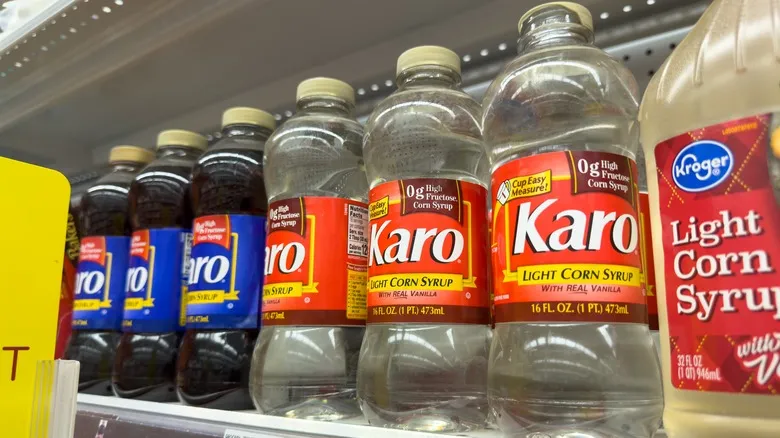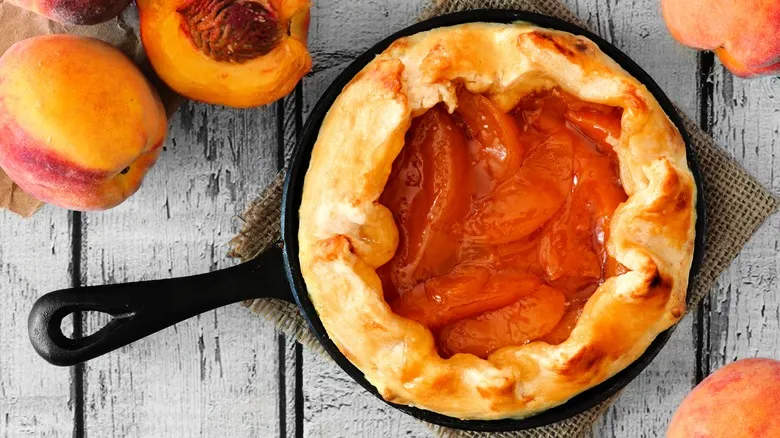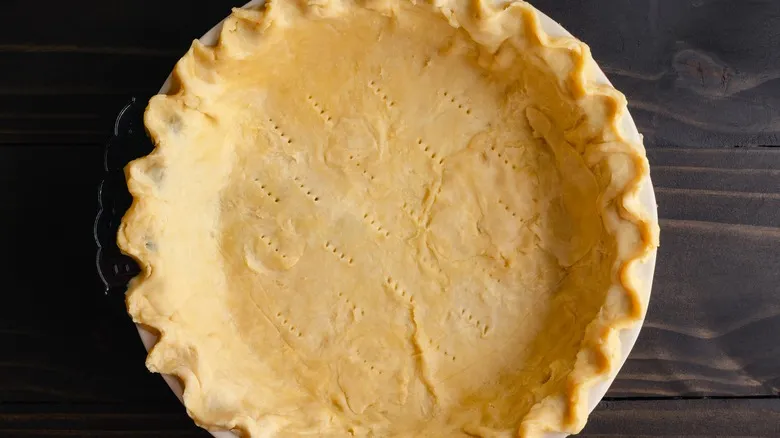Cool off the counter

If you're craving pie, there's no need to wait for a holiday feast to enjoy a delicious slice. Whether you love the sweet, gooey filling or the rich, buttery crust, nothing beats savoring pie on a warm summer day. If you're feeling stressed about making your pie in a hot kitchen, don’t worry! Pastry chef Stella Parks recently shared a clever tip for dealing with heat, and you likely have everything you need at home. To keep your workspace cool and prevent any crust disasters, give Parks' pie hack a try. Just fill a large zip-top bag with ice cubes and a bit of water, and place it on your kitchen counter before rolling out your dough. With your space set up for success, you can finally settle the sweet versus savory pie debate and put your ideal crust recipe to the test.
Perfect your pie crust

Crafting the ideal pie crust can be a tricky endeavor. While you've managed the temperature of your workspace, there are additional strategies to ensure your pie turns out flawlessly. Many nearly-perfect pies have suffered from a bland base, but your favorite chip dip might hold the key to overcoming a dull lattice. Sour cream, often used in cakes and breads, is perfect for elevating your pie crust. Replacing water with sour cream will keep the dough soft, flavorful, and more manageable, allowing you to embellish your apple pie with detailed designs and cutouts without the dough drying out.
Additionally, to maintain a flaky crust, avoid letting the raw dough sit at room temperature on the counter. Instead, refrigerate it for about 30 minutes before baking to keep the butter cold. Here’s to hoping the rest of your summer baking is as simple as pie!
Recommended

The #1 Expert Tip To Upgrade A Basic White Bread Recipe

Mary Berry's Go-To Technique To Soften Butter Quickly

The Problem With Using Corn Syrup As A Substitute For Table Sugar

The Essential Step You Can't Forget When Baking With Canned Peaches
Next up

